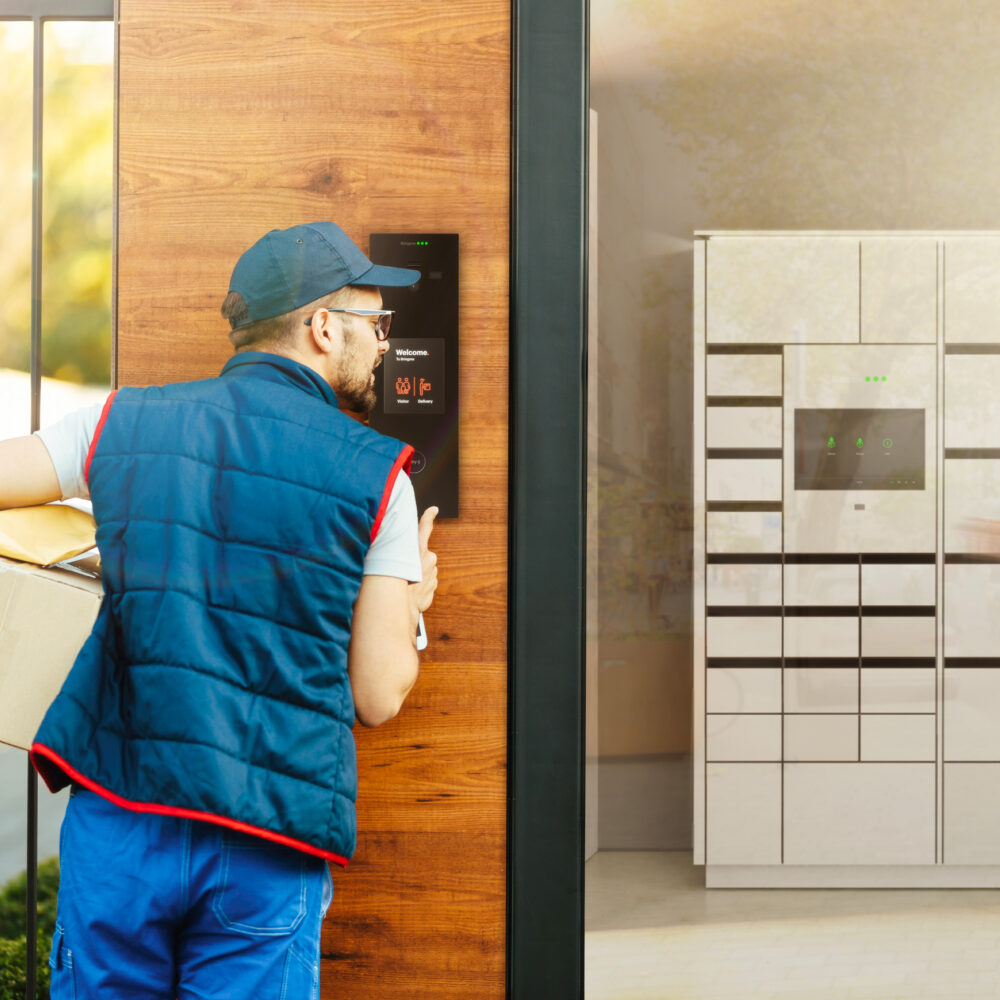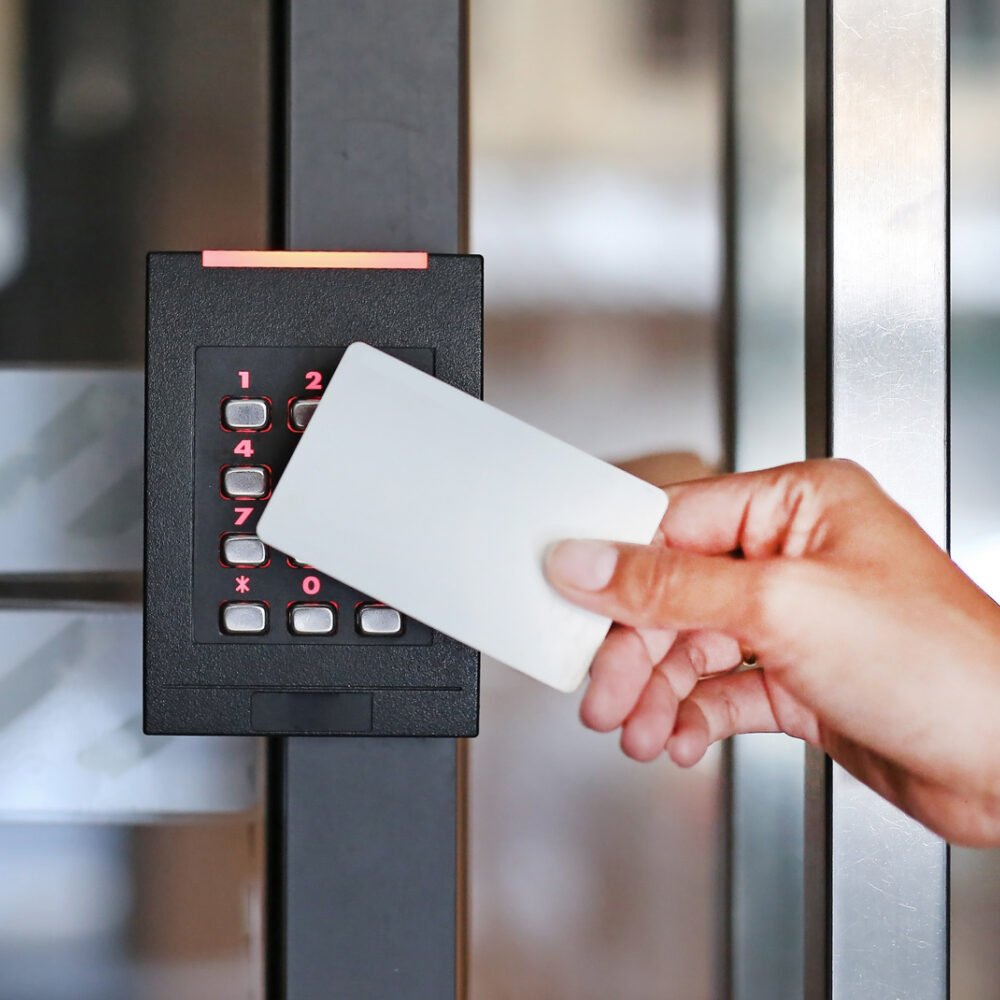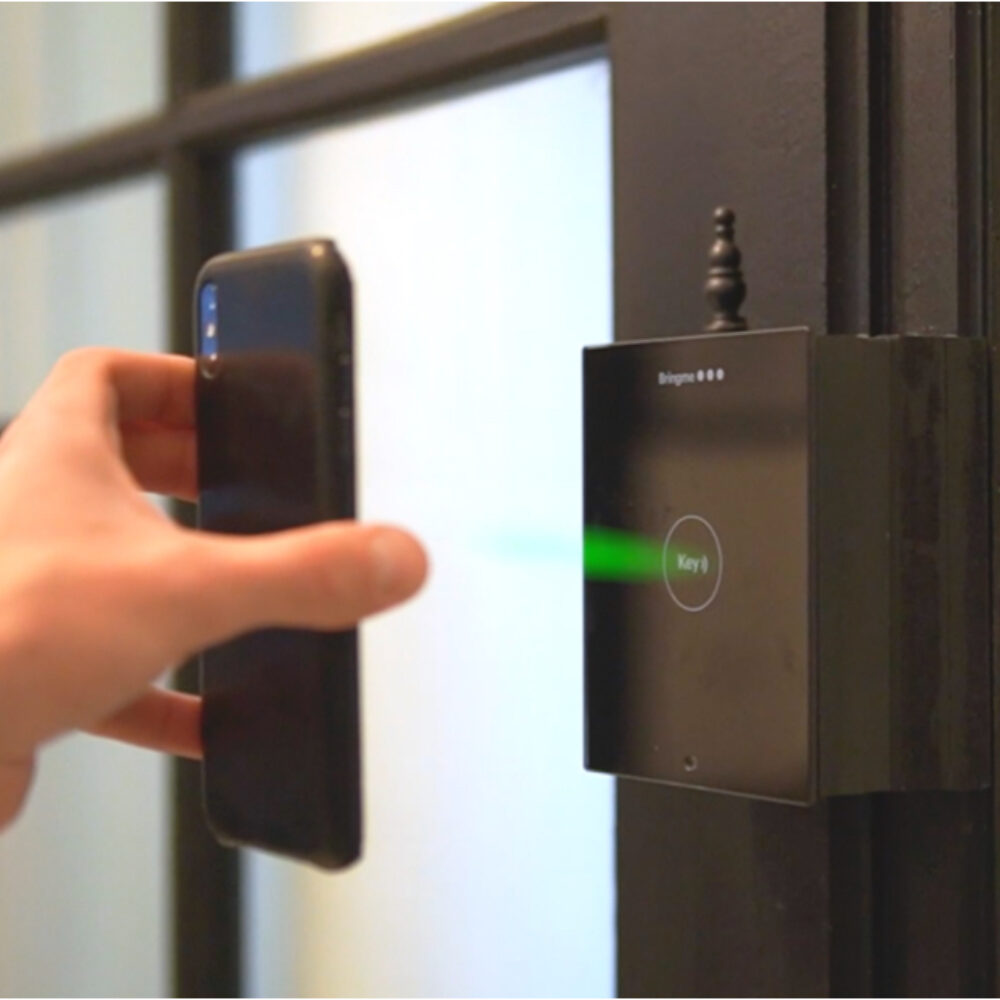Smart access control systems
Smart access control is typically part of a bigger ecosystem. It can be expanded in various ways to create a true virtual reception, ensuring optimal security and generating cost savings. A key advantage is that companies can start small and gradually expand to a full digital access management system, including a virtual reception.

The basics: a smart bell and QR code readers
A smart access control system starts at the front door. The most basic form of it is a smart bell that gives clear voice and image instructions to visitors and suppliers. Based on that information, they know what is expected of them without any human assistance.

Option 2: visitor management
Companies that want to include visitors in their access management system make the upgrade to a visitor management system. This consists of a visitor management desk that works with the smart bell. The bell instructs visitors to sign in at the visitor management desk, safely unlocks the door and keeps track of who enters and leaves the building.
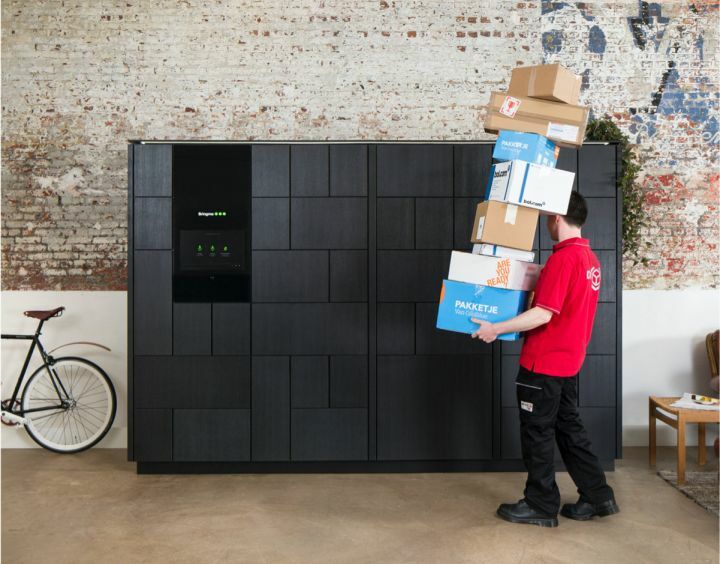
Option 3: mailroom management
Companies can add mailroom management to boost security levels. By installing a smart parcel box, combined with a smart bell, they can guarantee that only authorised people, such as couriers and suppliers, can access their buildings.
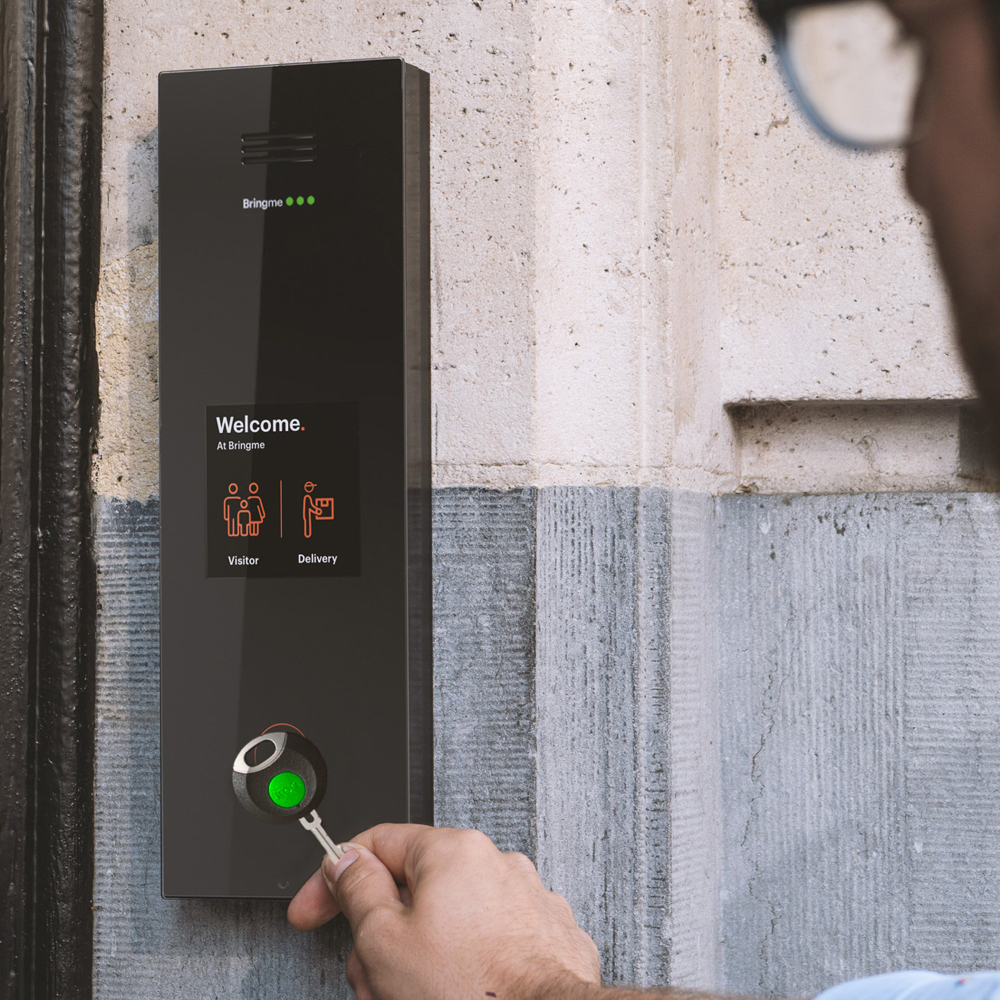
Option 4: full access management for employees
All rooms inside the building can be equipped with smart locks and keys in order to offer (temporary) employees or maintenance services secure and easy access. The keys have a ‘one key for all’ functionality such that employees can use them for all the places that they need to access. Access rights can be programmed quickly and easily onto this digital key, allowing employees to unlock, for example, doors, mailroom boxes and meeting rooms.
The locks do not need to be replaced in the event of loss or theft and can be used anywhere, without any cabling work. Furthermore, multiple sets of keys and complex badge management are no longer needed and savings will be made in terms of lifecycle costs.
